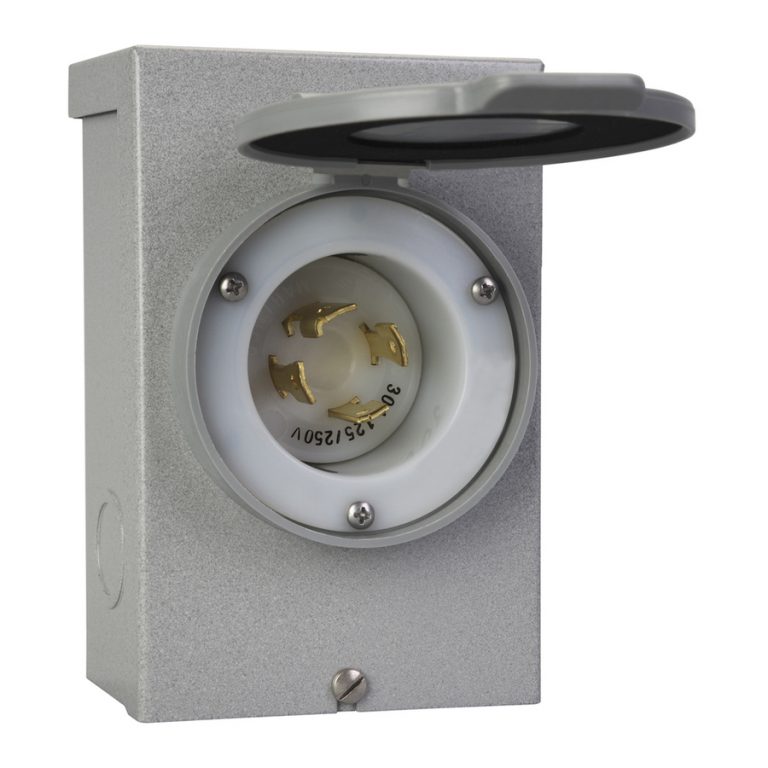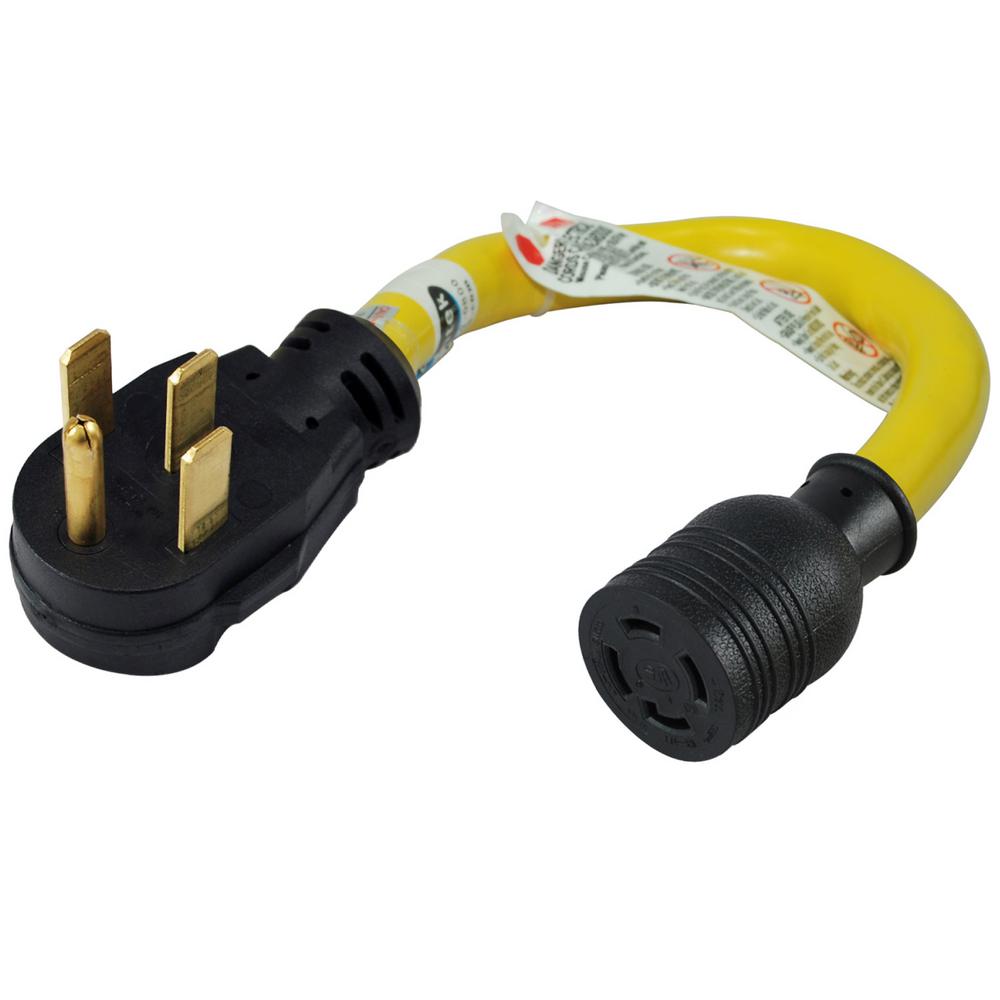
If the power must be provided for the rest of your home, set the electric breaker where the wall outlet with the suicide cord is to the On position and set the electric breaker of your, for example, lights to On as well. Most home wall power sockets are 15 Amps or 20 Amps, and the total load on this segment should be kept below ~1500W for the 15 Amps socket and below ~2000W for the 20 Amps wall socket. This segment of the home electric grid is isolated from the rest of your home (and the rest of the world - "generator backfeed" is a big no-no!) by its electric breaker set to Off and is protected by the overload safety system of the power generator. Now, connect one end of the suicide cord to the suitable wall power outlet and another end to the working and warmed-up power generator. Now, locate a suitable wall power outlet and check other wall power outlets that are connected to the same electric breaker.īy connecting a suicide cord to one of those wall outlets, all of them will become "hot" - unplug any device that may overload the generator.
30 AMP GENERATOR CORD MALE TO MALE GENERATOR
Not to mention the fact that with the return of the mains power, the mains power and the power from your generator would be out of phase, with different waveforms, and maybe even with a slight difference in frequency and voltage.Īfter that, set all your home electric breakers to an Off position as well - this will prevent overloading the generator with all the appliances that are at the moment turned On by default at home. Hence the need to set the main/master switch to an Off position.

This is also known as "backfeeding" - electricity that You send into your home is not staying just there, it is also being sent into the public electric grid. If there is a blackout of some kind and You want to connect your power generator to your home electric grid, and You don't have a transfer switch, locate the main switch (master switch) and set it to Off position - without a master switch set to Off position, some of your electric power would disappear in the public electric grid, and the operation of the generator would be questionable. Note: In some countries/states/counties, the use of male-to-male cables to connect the power generator to home outlets is even illegal - it may be that dangerous! When connecting generator suicide cord and doing similar activities with electricity, You are doing it on your own responsibility. That is why connecting the suicide cord must be done in a certain order. Well, if one plugs one end of the male-to-male extension cord into the "live" socket, the other end of the male-to-male extension cord will be "hot" with exposed prongs which are far from being safe.

However, a male-to-male extension cord is, for a reason, also known as a "suicide cord" or "widowmaker" and similar. The most common use of the generator suicide cord is for connecting power generators to homes and RVs without having proper means of connection, for example, a transfer switch at home or a suitable RV receptacle or cable adapter for an RV.Ī generator suicide cord is nothing more than a male-to-male extension cord that allows the user to plug one end into the wall power outlet and another end to plug into the power generator, providing the home with at least some electric power - it is that simple.

30 AMP GENERATOR CORD MALE TO MALE HOW TO
When and How to Use Generator Suicide Cord

Male-to-male extension cords are simple electrical cords with prongs on both ends, allowing the user to connect one end to the wall power socket and another end to the power generator.Īlthough such connections are quick and easy, there are a few very serious safety issues with them, giving these extension cords a rather grim nickname - suicide cord. Male-to-male extension cords are not very common extension cords but can come in very handy in emergencies and blackouts when one wants to provide at least some electric power to the home appliances. Generator Suicide Cord: Male to Male Extension Cord


 0 kommentar(er)
0 kommentar(er)
